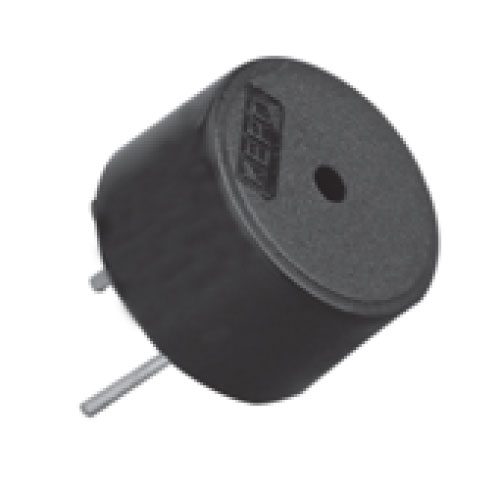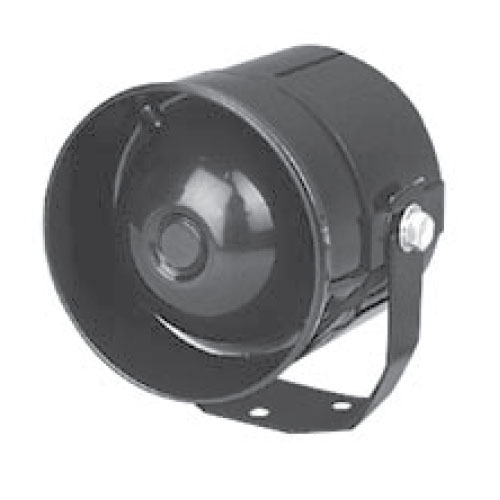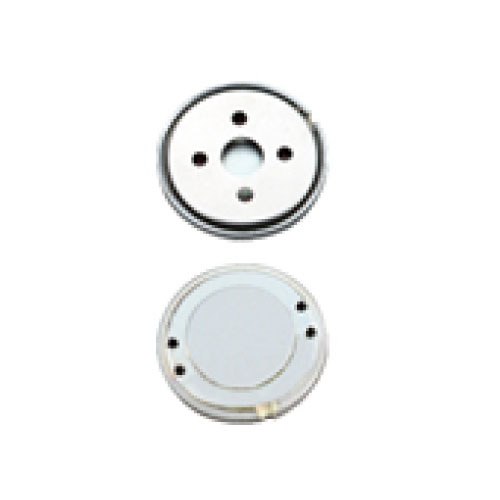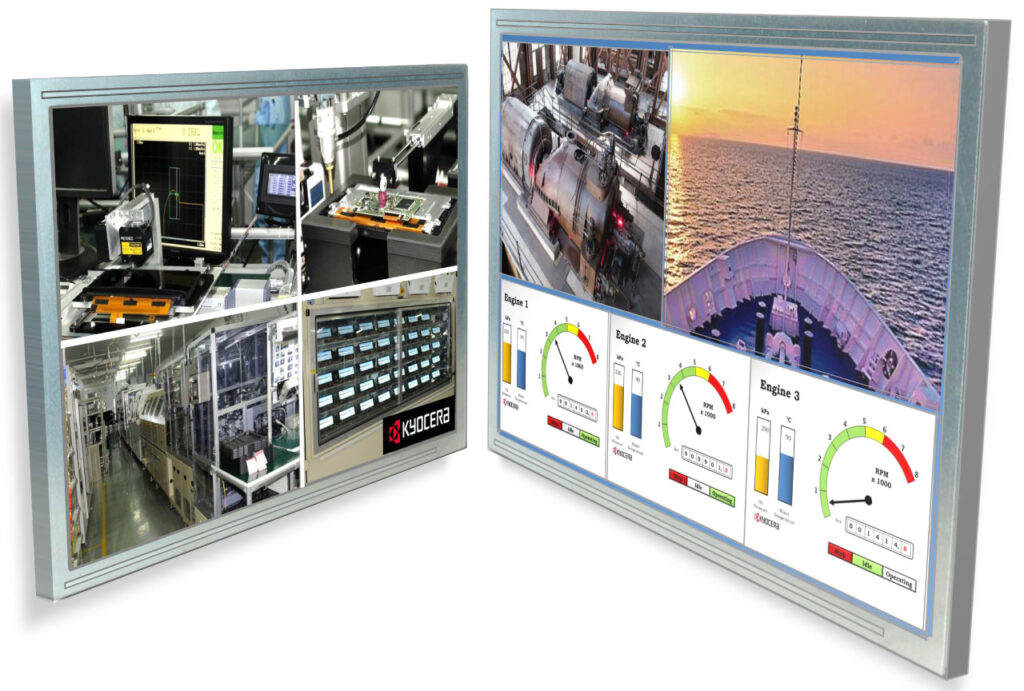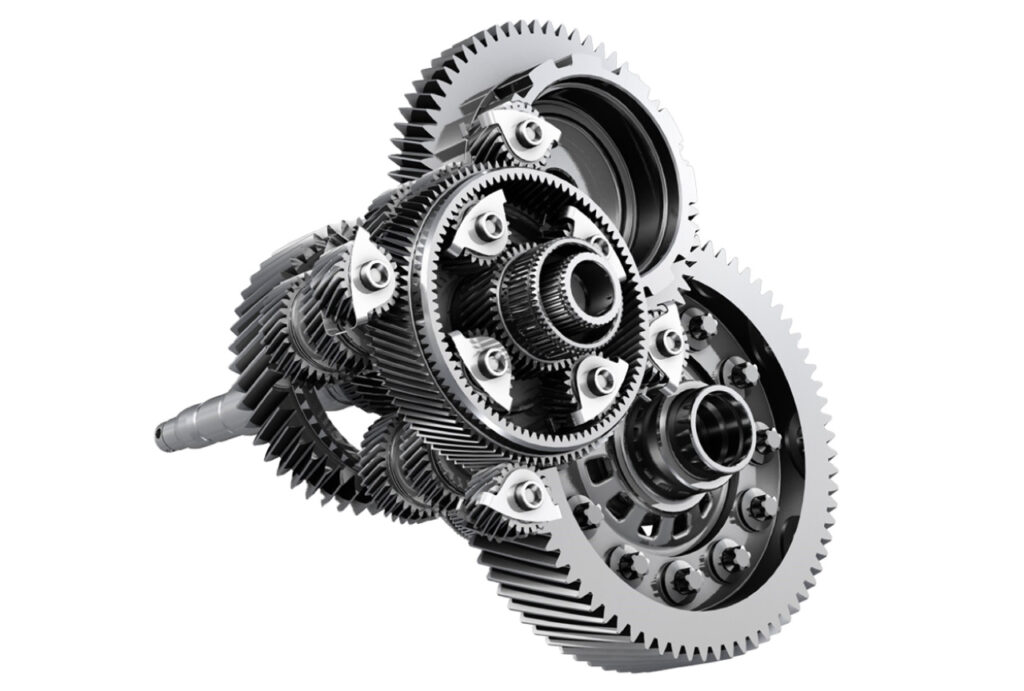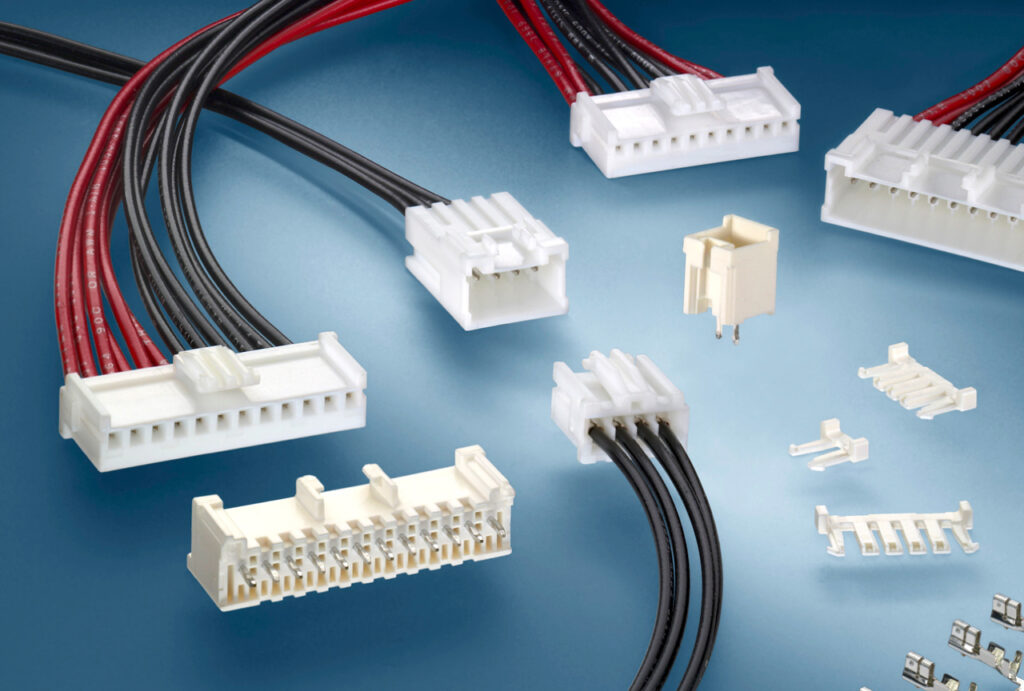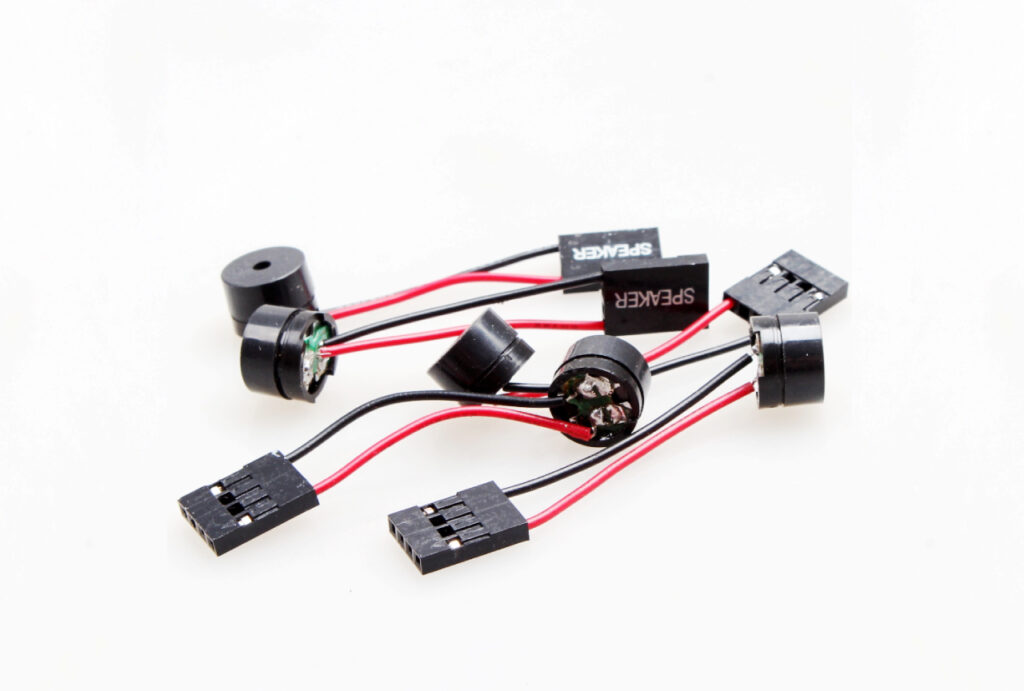Buzzer
Buzzers are ubiquitous in modern electronic devices, from the alarm clock that wakes us up in the morning to the notification sounds that alert us to incoming messages on our smartphones. While they may seem like a simple component, buzzers play a crucial role in the acoustics industry and have become an essential part of modern electronic devices. However, they have some limitations, such as the type of sounds they can produce and their volume range, their simplicity, low cost, and reliability make them an essential component in many electronic devices.
About
How the technology works
Buzzers are essentially electronic circuits that produce sound through vibration. They use a piezoelectric transducer, which is a component that converts electrical energy into mechanical energy. When an electrical current is passed through the piezoelectric transducer, it vibrates at a specific frequency, creating sound waves that we hear as sound. Buzzers also have a resonator, which is a component that determines the frequency of the sound produced by the piezoelectric transducer. By changing the frequency of the electrical signal sent to the buzzer, the frequency of the sound produced can be changed.
Advantages and limitations
One of the major advantages of buzzers is their simplicity. They are relatively simple electronic components that are easy to use and integrate into various devices. They are also low cost and consume very little power, making them ideal for use in portable devices like mobile phones and laptops. Buzzers are also highly reliable and have a long lifespan, making them suitable for use in applications where durability is essential.
However, buzzers also have some limitations. They are limited in the type of sounds they can produce, which is usually limited to simple beeps and tones. Buzzers also have a limited frequency range, making them unsuitable for producing complex musical tones or sounds. Finally, buzzers are also limited in their volume, which means they may not be suitable for use in noisy environments or for producing loud sounds.
Applications
Buzzers are used in a wide range of applications in various industries, including the automotive industry, healthcare, and consumer electronics. In the automotive industry, they are used as warning devices to alert drivers to potential hazards, such as low fuel or oil levels, seatbelt warnings, and parking sensors. In healthcare, they are used in medical devices such as blood glucose meters and heart rate monitors to alert patients to important readings. In consumer electronics, they are used in mobile phones, laptops, and other portable devices to alert users to incoming calls, messages, and notifications.
Conclusion
Buzzers are simple yet effective electronic components that play an important role in our daily lives. They are used in a wide range of applications in various industries and are highly reliable and cost-effective. While they have some limitations in terms of the type of sounds they can produce, their frequency range, and volume, they remain an essential component in many electronic devices. With continued advancements in technology, we can expect to see buzzers evolve to meet the changing demands of various industries, providing new and innovative ways to produce sound through vibration.
